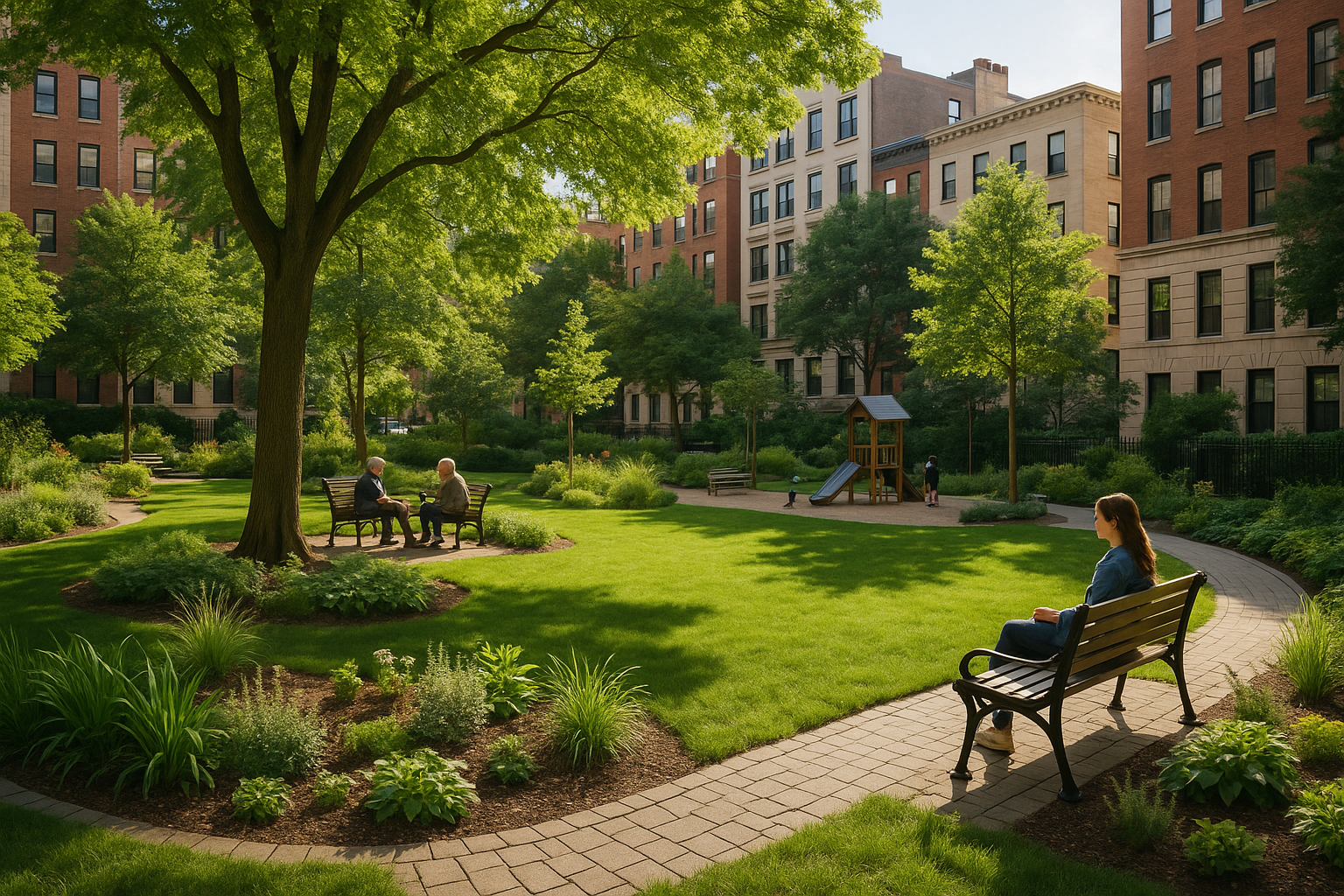Rethinking Urban Spaces: The Sociocultural Relevance of Pocket Parks
Welcome to a fresh perspective on urban development and its implications on societal health and interaction. Read below to delve into the world of pocket parks and their significance in modern society. Pocket parks, often referred to as mini parks, vest pocket parks, or parkettes, are small outdoor spaces, typically no larger than a few house lots, tucked into urban areas often surrounded by commercial buildings or homes. They provide a slice of nature amidst the concrete jungle, offering a space for relaxation, social interaction, and an escape from the fast-paced city life. The concept of pocket parks dates back to the 1960s when urban developers began prioritizing green spaces to improve urban living conditions and community health.

The Resurgence of Pocket Parks
In recent years, the concept of pocket parks has gained a fresh wave of attention. Faced with growing urban populations, escalating property prices, and limited open space, city planners are revisiting the idea of utilizing small, unused urban areas to create these mini oases. This renewed interest is not only a response to practical spatial constraints but also a reflection of shifting societal values towards health, wellness, and community building.
The Societal Impact of Pocket Parks
Pocket parks serve several essential functions in modern urban societies. They provide an accessible outdoor space for city dwellers, encouraging physical activity, relaxation, and a connection with nature- elements often lacking in urban settings. On a social level, these parks foster community interaction and inclusivity by providing a shared space for various social activities. Additionally, they contribute to enhancing the city’s aesthetic appeal and can even positively impact property values in the surrounding areas.
The Wider Implications of Pocket Parks
Beyond their immediate benefits, pocket parks can also serve as a powerful symbol of community resilience and adaptation. In many cities, local residents, nonprofits, and businesses are leading the way in transforming neglected urban spaces into vibrant pocket parks. This grassroots approach to urban development is reflective of a broader shift towards participatory planning and community empowerment in city design.
Future Directions for Pocket Parks
As urban areas continue to grow and evolve, the role of pocket parks in enhancing the quality of city living is likely to become even more significant. Future trends may involve integrating smart technology into these spaces to provide interactive experiences or using sustainable design principles to increase the parks’ environmental benefits. Regardless of the specific direction, the continued focus on pocket parks in urban planning highlights a broader societal recognition of the importance of balancing urban development with community health, well-being, and a strong sense of social cohesion.
In conclusion, the increasing relevance of pocket parks in modern urban development illustrates a notable shift in societal values and priorities. While they may be small in size, these spaces represent a significant step towards creating more livable, equitable, and resilient urban environments. Their continued presence in our cities is a testament to the power of community-driven initiatives and a reminder of the importance of preserving natural spaces in our increasingly urbanized world.




